Community is a crucial topic in developer marketing.
In this article, community experts talk about how you can link your community strategy to your goals and drive growth:
- Nisha Baxi (Head of Community and Digital Customer Success at Gong)
- Jeff Blankenburg (previous Chief Technical Evangelist at Amazon)
- Hall Hoyt (previous Head of Developer Community at Niantic, now Founder of Community Hall)
- JD Prater (Head Of Marketing at Graft)
Check out what they have to say. 👇
Building a developer community: How to get started
JD Prater
I'm curious to know, how do you even get started building a community? And how many communities can we all be a part of?
Jeff Blankenburg
I've actually had the good fortune of being around the Amazon Alexa since the beginning of the development platform. And one of the things that's been very obvious to me with all the places that I've worked at, is that there's always a small group of really passionate users that want to use your tools to solve a lot of their problems. It becomes their hammer to all of their nails.
If you can identify who those users are and help them foster, grow, and share their knowledge and experience with the rest of the world, you'll very quickly find that community starts to spring up around them, and of course, your tools as well.
So, I think that's always got to be the first step - who are my core users and how can I help them succeed?
Hall Hoyt
I agree with Jeff. You need to find that user-centric model when you're building out a community, and it's all about the relationship building as well. You need to understand their pain points and why they're using your tool because that's going to allow you to create the resources that the rest of the broader community’s going to need.
And also with those early adopters, you're going to use whatever they build or create to inspire the rest of the community and the rest of the ecosystem. So they're very important to start with and keep close to you throughout the entire process.
Even as you grow to thousands and hundreds of thousands, make sure you have those folks who are going to be your rock stars and inspire and innovate with your product. It just leads you to a better place for your community as a whole.
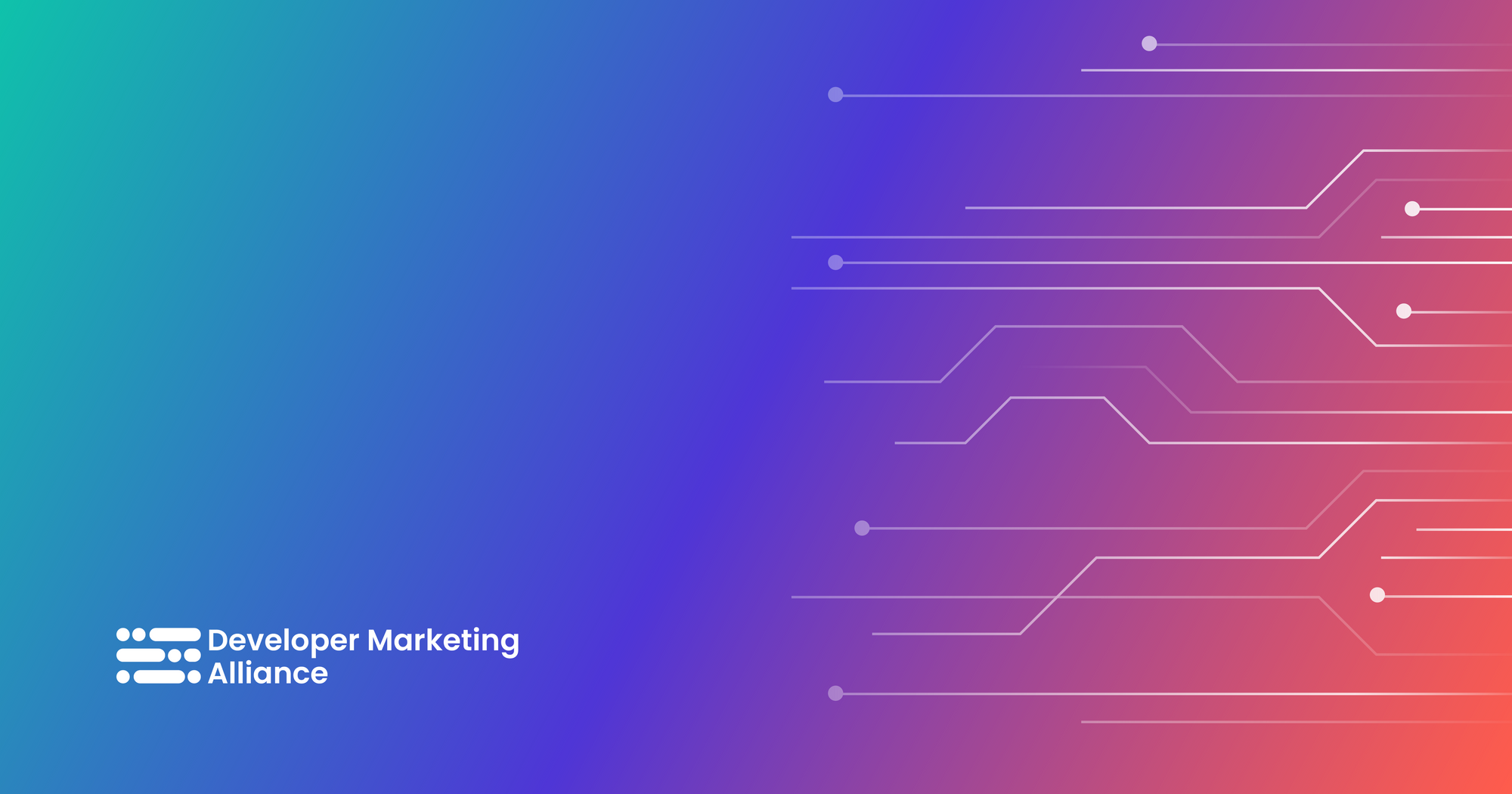
Nisha Baxi
That's exactly right. Thinking about those folks and then even just interviewing them.
Definitely start small. You've got your core group, but sometimes your core group is 2,000 people. Try and get this down to 50 people and then interview them.
You’d never create a product without product market fit, so you’d never have a community without community market fit. So what that would mean is having conversations with them, like, “Hey, we're going to build this thing, what do you want to get out of it? What’s important to you? How can I make your life easier?”
And then based on what they say, build a community that can match that.
There's a whole list of things that your company wants, and there's an entire list of things that your community platform could do or ideas that you have. But really, you should always be optimizing for what your community members and those key contributors actually want.
Just focus up on that and run some early experiments on that. That way, you can say, “Alright, now we've got our core 20 or 30 people,” and then that’ll just grow over time and it'll be as huge as Jeff Blankenburg’s community.
Jeff Blankenburg
As we think about all of those core people, the 20, 30, 50, 100, or however big it gets, you'll consistently find that one of the best things you can do is get them in touch with each other. Start a Slack community or start a place where they can communicate and share their ideas and passions together. And of course, you’ll be able to participate as well.
You'll find that a lot of the best feedback doesn't come from a one-on-one session or from an interview, but often it's just an inner discussion that we're having with other developers.
“Hey, how did you solve this problem?”
“Oh, I've got this workaround because x, y, and z doesn't work.”
And that's your cue to say, “Well, we should make x, y, and z work.” Those are the things that they're asking for without directly doing it.

Hall Hoyt
There's also this thought that I'm sure goes through all our heads, which is, what other value are we bringing to them?
I think a big piece of community management is recognition of those community members and making them feel like and showing them that they’re the innovators. They’re the rock stars of your product. And I think that creates a lot of loyalty.
I'm thinking back to my time at Meta where we had the Competitor Snap and Effect House. All those tools are very similar and the distribution channels for the product are very similar. But how do we make our developers feel like they’re unique, supported, and recognized?
That was always at the forefront so that we could make sure that we maintained that special group that we had, that they didn't go and build for another platform, and they continued that relationship building with us.
JD Prater
To quickly summarize, start small. If you're thinking about how you can get your community going and how to get to the second part of your business growth, start with your passionate users. Start with a core group of five, 10, 50, or thousands, you'll eventually get there.
How do you drive value to them? Get their feedback, do interviews. Think about experiments. Grow it slowly. It's a process.
And one thing that you all mentioned that I liked was that we think too much the fact it's just a Slack community. Slack’s just a tool. That's not the actual community itself, and it's really about providing value. We're talking about getting closer to our users.
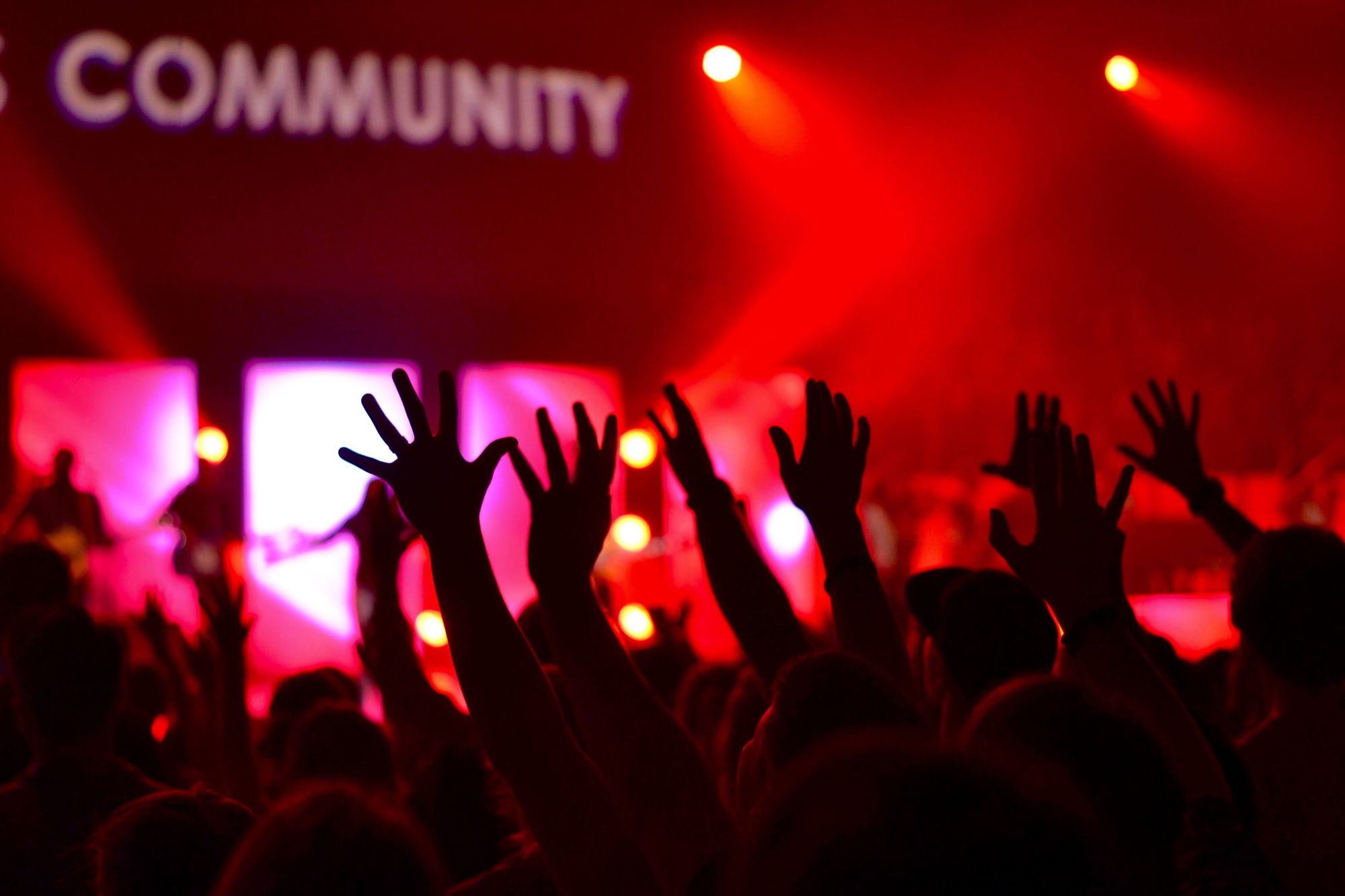
Linking community strategy to business growth
JD Prater
We all know here that this all equals and relates to business growth. Now, there might be some people internally that may not necessarily see it this way. So I'm curious, how do you talk about success? How do you prove it out and think about it internally amongst your team and even when you think about business growth? What org do you sit under?
Nisha Baxi
There are a couple of ways to think about it. I follow a specific framework called SPACES.
SPACES stands for support, product, acquisition, contribution, engagement, and success.
And then I have goals for each of those different objectives and corresponding KPIs.
For example, the P stands for product, and so gathering feedback for the product is required. So I think about the number of product ideas that come directly from the community.
For acquisition, this actually goes back to your first question around how we engage in existing communities or create our own. How does that actually work? So acquisition tends to be more of a pre-sales thing.
If you're thinking about how to get people to know that your API even exists in the first place, you think about the tactics that you run. A lot of it is about that awareness piece of it and that early education. Maybe there are some adoption metrics, but it's really just trying to get more eyeballs on it.
To answer your other question, I personally say it’s in customer success. I think about churn reduction and customer retention. Net dollar retention is our North Star, so I'm always thinking about how I’m creating revenue opportunities for our existing community members. That's the framework that I use.
JD Prater
Hall, do you use a similar type of framework? How do you think about success and even the internal evangelism side of things?
Hall Hoyt
You brought up the controversial topic of product or marketing and I personally sit under marketing, but it has to be a close relationship with product as well.
We’re at the earlier stages right now so a lot of what we're focused on is product feedback. Right now, we’re just going out and meeting devs on this world tour and watching them use the product.
That doesn't only inform the product roadmap but also the learning resources that we create.
How does somebody self-onboard when we're not there with them? How do they understand how to monetize with your product, which is a huge value driver for community members?
The value that I try to zone in on is directing the product roadmap and then also the learning resources that’ll help somebody get onboarded and begin to monetize on our product.
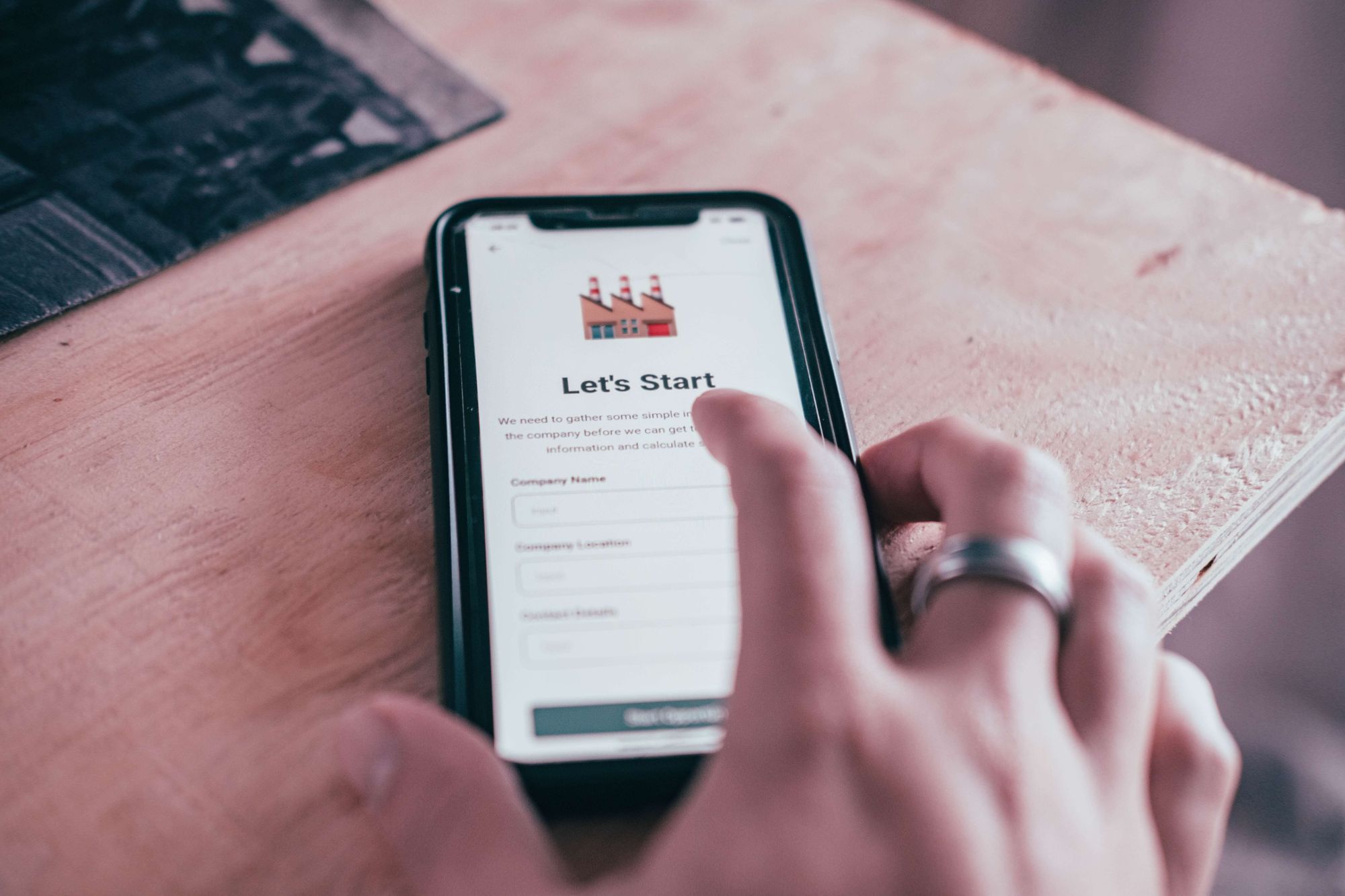
Jeff Blankenburg
I'm in a marketing organization, and as we think about Alexa specifically, I think it has a different model than a lot of the other tools that are out there because oftentimes those tools come with some revenue model as well. There isn't actually a way for me to sell you the ability to build things for Alexa. The platform’s completely free.
Our goal, of course, is that you'll monetize your software or that you'll do something that helps us make some money in an indirect way.
Because of that, when we look at what our success metrics are, they're often around the quality of the software that people are building using our tools and the volume of the software that's being built.
It's often very hard to draw direct lines between the work that I'm doing, which is building educational resources, speaking in the community, building and growing the community, identifying our champions, and saying, “Hey, a whole bunch of other software was built,” or, “This person now has a bunch of other users or monetization models that are working well for them.”
That's often a trick, and I think a lot of that comes from what org you live in. What are the goals that the larger organization is driven by? Those will make a big, big difference.
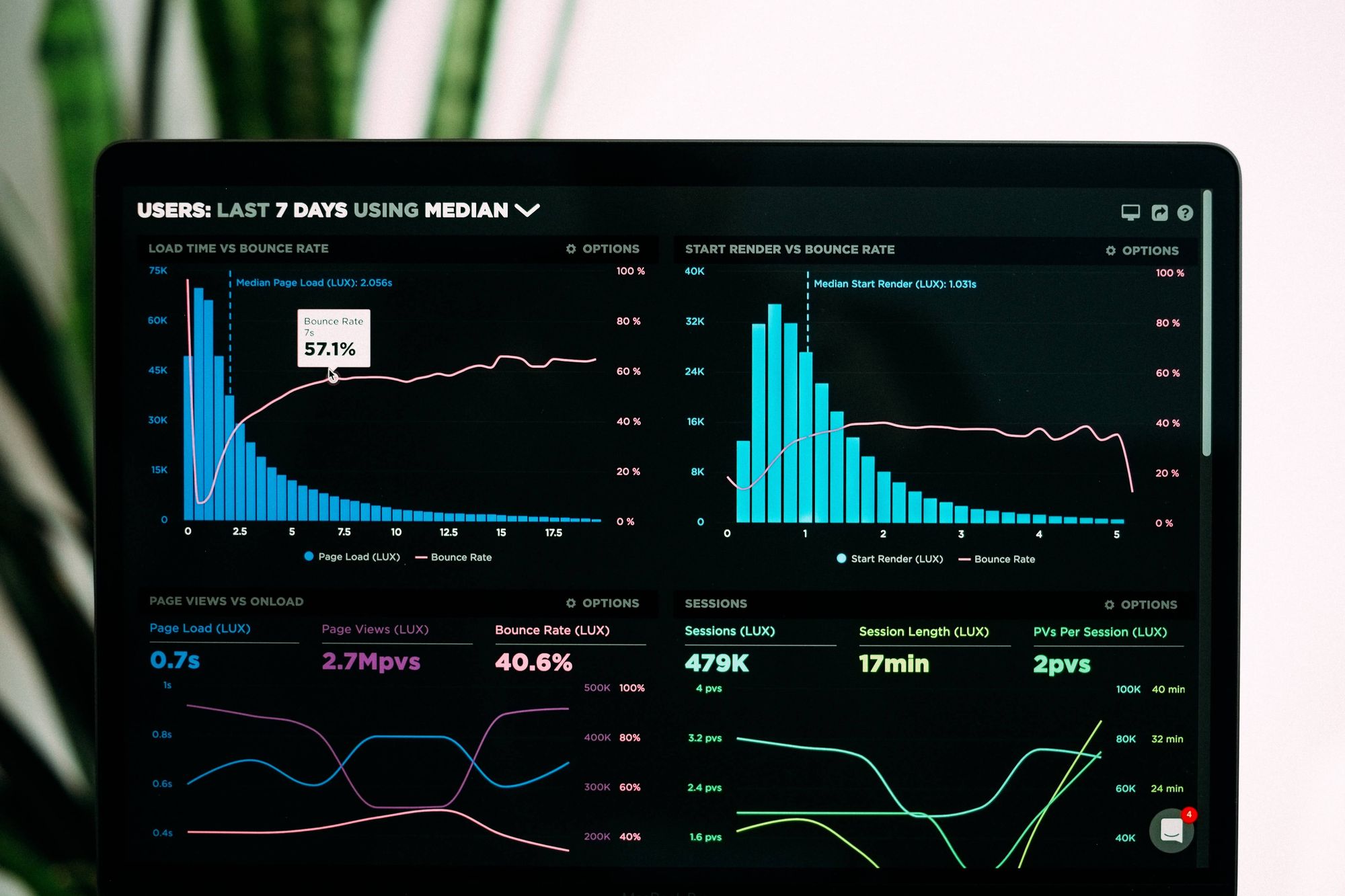
JD Prater
100%. I love that we have someone represented on the CS side of things because so many times in my own product marketing background, I hear PMMs ask, “How do I impact the roadmap? How do I influence it?”
Well, maybe you need to be partnering with your community managers and understanding what the community’s actually wanting.
A lot of times we call them CABs or customer advisory boards, and maybe that's your bullseye. That's the very core users. But as you think about scaling that out, again, partner with your community managers to understand how we talk about developer marketing and how we can help each other ultimately improve the business.
How to cultivate a strong community
JD Prater
When you think about giving back, what does a strong community entail? what do solid communities provide?
What are some of those answers that you think about when you're trying to foster that and trying to get people into the habit of coming back to this community? What are some of those intangible yet tangible things that you're ultimately trying to come up with?
Hall Hoyt
For me, I really like to focus on building relationships between the developers themselves so that there’s that sense of belonging that's fostered within our community.
Some of the activities that I've started to do around this are having things called collabathons or having intensive programming where we bring in a cohort together in white glove sessions for two weeks, learning together, failing together, and helping each other out.
When they work together on a project, I've seen the relationships explode and become exponential to the point where they're becoming friends in real life. They’re understanding what their peers are going through right now, not only in their Niantic Lightship development, but in their personal lives too.
So, I've really tried to push people to work together through different activities that we facilitate.
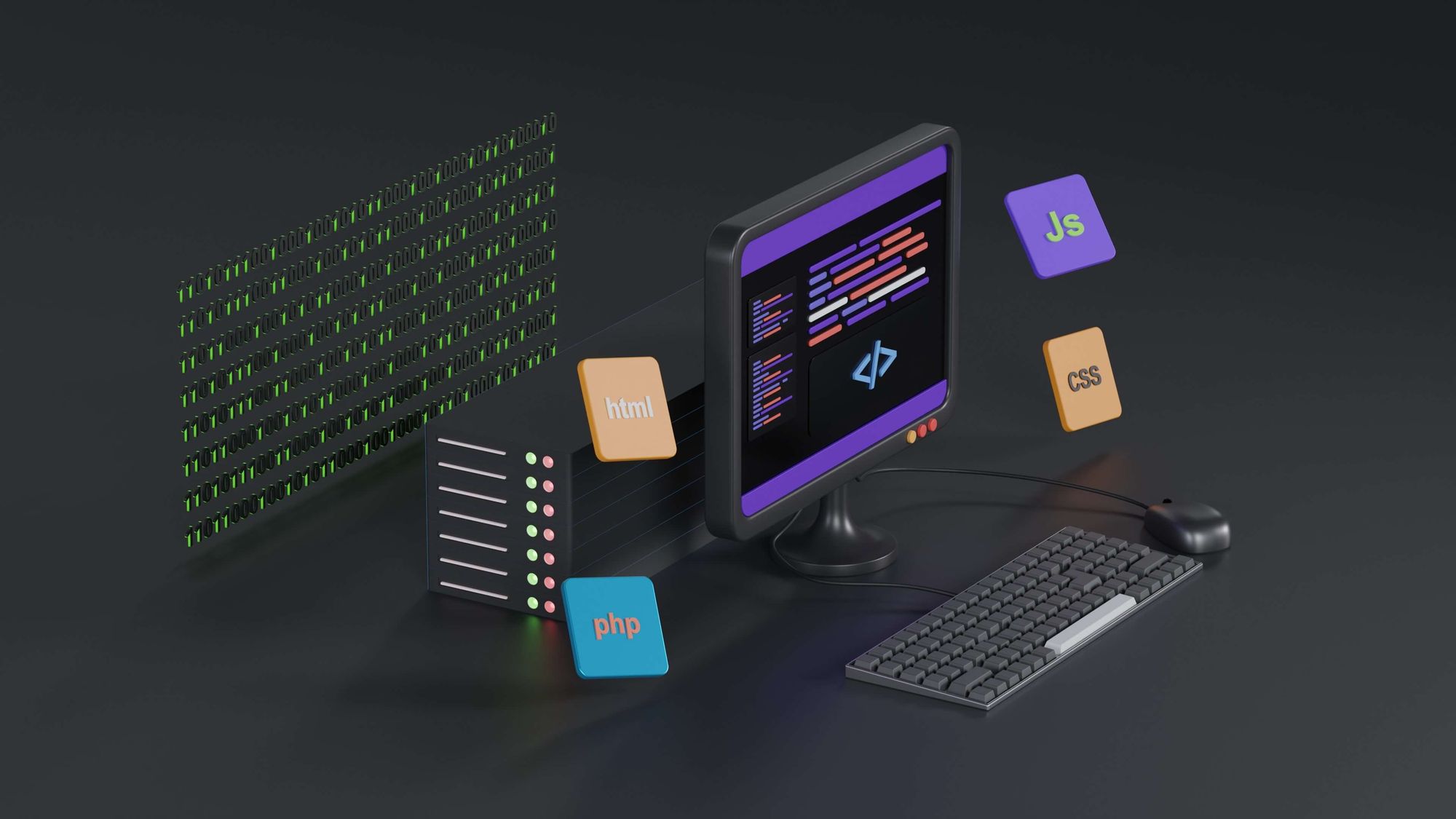
Nisha Baxi
That's exactly how I think of it. My big three are: I want people to connect one on one, I want people to connect in a group setting, and I want people to go to our forum if they have a question before they go to support or CSM. This should be their first line of defense.
Going back to when I built the community, it was about interviewing them. So I asked, “What do you want?”
And they said, “Well, I want to meet someone exactly like me, and I want to be able to meet them on my own time and on demand.”
It was a really tall order, but I was able to find a solution for that, and now we've had 1,200 on on one meetings with specific personas. I actually created an algorithm to connect the right people to each other. They literally click a button and the meeting shows up on their calendar.
It's awesome because if you care about a specific integration, if you've been with Gong for x amount of years and you want to meet somebody like that, or someone in a particular role, or if your sales team is a certain size, we can connect you that way.
And then when I think about groups, there are a number of groups that we've got online, and we also have meetup groups. These meetups happen on a monthly cadence, and those are all run by community members.
I always say that it's not community if you're running it. That's marketing or education or something else. But if they're doing it, if they're the ones that are self-organizing and getting together, that's community.
And then the other thing is, how do we scale? How do we scale CSM? How do we scale customer success? That means creating an environment where they can find out about Gong on their own or they can find it in a forum.
We also have a support tip of the week. So the number one question that people get in support they’ll find in the community. We post it every single week so that when people are looking for something, even when they're going on Google and they're looking for the answer to this, they can find it in the community.
And community also answers those questions too. That's how I think about it.

Jeff Blankenburg
I think I'm in a similar boat with all of you. I actually run weekly developer office hours for an hour every week. It’s a live stream and people can come in and ask questions. “How do I solve this problem? I'm having this issue.”
And as I talk with my marketing organization, a lot of them ask me the question, “How do we get more people to watch this? How do we grow and scale the show?”
I had a very interesting perspective on this that I don't think they were expecting; I'm in the business of making this show end. I want this show to go away.
I want fewer and fewer viewers every week because it means that we solve their problems. Our tech docs are answering the questions that they need and we're giving them the kinds of responses, answers, technology, and features that they're looking for.
Everybody looked at me like I was strange because marketing is like this big megaphone. How do we grow bigger, faster, and better?
And when we think about supporting developers and giving them the kind of response they want from a community, it's about delivering on the features that they're asking for. It's about solving the problems that they're encountering and driving that value back to them.
If they all feel like the things that they need are being delivered, you're going to have forever fans that’ll tell everyone in the world that they should be using your tools too. I think that's the appropriate approach to thinking about fostering a community.
You don't own the community, or at least you shouldn't. It's a community that exists because they believe in your product and they'll go away the moment they stop. And it's your job to keep it fostered and growing, not to own it.
JD Prater
All really good points. I love that because we get into the side of how you want someone to feel when they come into your community.

Top community management pitfalls to avoid
JD Prater
I'm curious, on the other end of things, what are some pitfalls that we run into on the community side? It could be anything from starting too soon, trying to expand too quickly, or providing the value side of things.
Within your own careers, you guys are all well established in the community field and running great communities. I'm sure that there are some common pitfalls that we can all avoid and learn from.
Nisha Baxi
Our CEO has this saying, which is, ‘follow the music.’
We base a lot of what we do in our activities and how we lead as a company on what our customers want. And when we don't follow the music, when we get selfish, we start saying, “We really want to create this business impact,” or, “I want to use the community to do this, to drive this adoption for this product that no one’s using for a very clear reason.”
I've seen this a lot over the past 15 years. When you get a little bit selfish and you start trying to do things because it’ll somehow help the company and the community gets impacted, you also get negative results.
First of all, you're making the community do a whole bunch of things they don't want to. Jeff, you’ll remember this because you were working with me at Microsoft when we were trying to get people to build Windows Phone apps. Who here has a Windows phone? No one.
But we were telling everyone to do this thing and they did it because they loved us. They were part of this ecosystem, but it was what we wanted. It wasn't what they wanted. We knew that they’d make more money with Windows Phone on Android or with iOS. But it was something that we wanted, and ultimately it didn't work.
So, my advice is just to follow the music. Whenever you hear that voice inside of your head that's saying, Don't do it. It's not going to work, it probably won't and it’ll reflect back on you.
Ultimately, you should’ve been the one that said, “Here's the thing, I don't know if this’ll work. I’m happy to run a mini experiment that’ll time box it to four weeks for these people and this small group, and if we get a certain amount of engagement with this group, then we'll move forward and roll it out broadly. And if not, let's not do it.” We want to set ourselves up for success all the way.
When you asked that question, what came to mind was that Windows Phone story because we all still have scars on our back from that.
Jeff Blankenburg
I really loved Windows Phone. But I think you're right. One of the downfalls was that they tried to get the community to make it successful, and that wasn't the right approach. Instead, they should have looked at, How can we make you successful with it?

I think the way you said that we're following the music is really the right approach to that. The more you can deliver value to your core customers, the better off you're going to be in the moment.
Turning it into something selfish is such a great way to think about it. “What do I get out of this?” When you start asking that question, you're headed in the wrong direction for sure.
JD Prater
Yeah, that's a really good one. I just love that phrase. I'd never heard that one. You’ve got to love Gong for that. And that’s something that I'm definitely going to be thinking about, even just in marketing.
I also love the idea of time boxing. “Okay, fine. I don't agree with this, but here's how we can actually move forward in proposing something.” That's a great way to handle objections rather than just being a ‘no’ person. “Okay, fine. We'll run this experiment too.” That's also a really good life lesson for all of us here.
The importance of belonging and building relationships in developer communities
JD Prater
What would you tell yourself earlier in your career when you were first starting in community?
Hall Hoyt
I think the biggest word that comes up for me when I think about community is ‘belonging.’
Do my developers feel like they belong? Do they feel confident even when they don't know the answer? Do they feel confident to come and ask a question and that they'll be supported by the community? That their ideas will be heard? That they can be angry about something?
“This doesn't work, and I'm going to tell you exactly why. I'm not going to be filtered, but you're still going to hear me and you're still going to take an action based on this feedback.”
So, I think belonging is really at the center of it for me, and that's the driver for a lot of our programming as well.

Jeff Blankenburg
One of the biggest things that stands out to me that’s often missed when we think about marketing engagement is that a lot of people say, “How do we get you in front of 1,000 people or 5,000 people to do a live stream or a presentation?”
And I often push hard and say, “No, I'm going to an event later this week and the room’s going to have 150 people in it. And I’ll consistently find that those 150 people will deliver more of whatever the measurable results are than the 2,000 people that watched some webinar.”
What it really comes down to is relationships. A lot of what developer relations and developer evangelism is about is building a relationship with the community and letting them know that they're being listened to and actions are being taken on their behalf.
Amazon is a big, faceless organization for the most part, and it's impossible to navigate, even when you work there. I can't imagine what it's like for folks that are just trying to get some answers to build their software in a better way.
But I think the more you can focus on building relationships and think about every one of these individuals as people, the more success you'll have.
Nisha Baxi
Totally. Just to add to that a little bit, the crux and the heart of community is relationships, and it’s about that sense of belonging.
There's actually a great book on community called ‘The Business of Belonging’ by David Spinks. It was also him and CMX who founded the SPACES framework that I shared earlier.
But I think it’s about creating that sense of belonging in the right ways at the right times. What I mean by that is looking at that community member and the customer lifecycle, and really think about it from the awareness stage, pre-sales to piloting. What role does community play in that?
And once you onboard and start really adopting, becoming a power user, maturing, expanding, retaining, growing, and then eventually becoming an evangelist, what are the actions that you’re hoping people in the community will take? Are you creating programming that’ll help them at those parts of the lifecycle that you know will inevitably happen in their own journey with your product and the company?
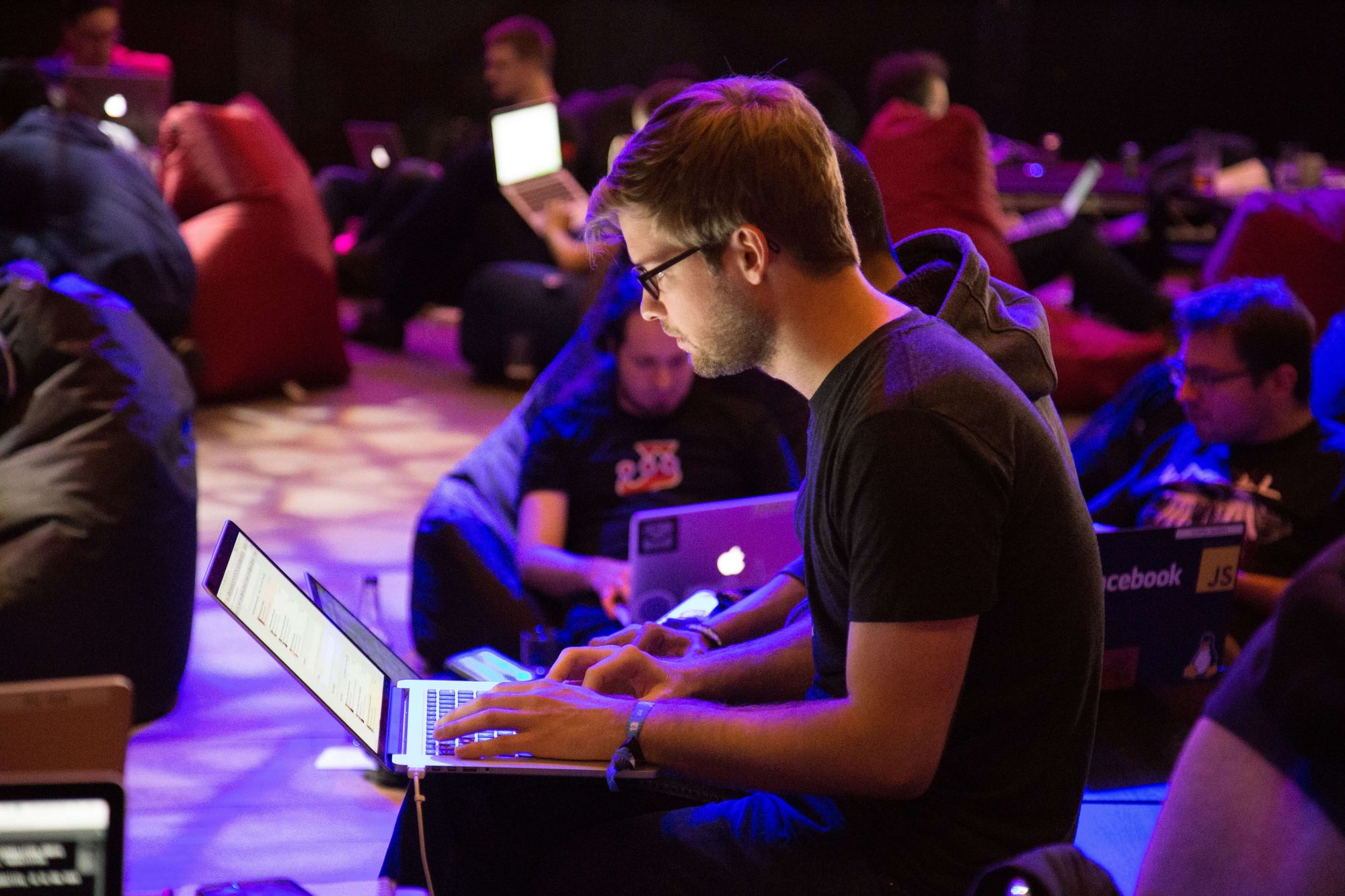
And then, of course, going back to SPACES. That basically maps really nicely to your success metrics of each of those things.
I encourage people to take a look at their customer lifecycle, map out what a person's journey would be if they're in the community through that, and then how to measure success at each of those different stages.
I think you'll be pretty happy with what you find, and if there are places where you could really do more, then that's great. This is a great way to do a little community audit and start spending more time on certain things.
Maybe you become a customer and then in 6 to 9 months there's a big lull and nothing's going on. Then maybe there's an opportunity for you to create a group or that one on one matching program, something like that would be impactful.
JD Prater
We’ve talked relationships, belonging, and thinking about your customer lifecycle. One of the things that I like to think about probably goes under belonging, which is psychological safety.
There's this one Slack community that I'm a part of, and one of the channels in it is called ‘rants.’ And it's amazing how forthright and candid people are. And these are people at big companies and in high level positions, and you're thinking, Wow, you have a lot of trust. It's the safety that this isn't going to go anywhere.
Predicting the future of community-led growth
JD Prater
I now want us to think five years ahead. When you think about what the future of community looks like, the one thing that's emerging now is community-led growth. It's becoming this very popular term. But where do you think the future of community’s going?
Jeff Blankenburg
That's an interesting question. Where is the future of community going? I don't know that I have a good picture of what a technical community looks like five or 10 years from now that’d be vastly different than what we see today.
I think that the tools that we use and the opportunities that we provide will change. But at its core, it comes back to what I was saying earlier about people. This will continue to be a focus on relationships, feedback, and a virtuous cycle that helps developers be more successful with your product, so that your product’s more successful.
I don't think that those things change dramatically. I think that maybe the tools or the approaches might slightly. But I think overall, it's about people.

Hall Hoyt
I agree with Jeff. I think one of the things that I'm aiming for as well are local relationships; developers and local communities building those stronger relationships and working together.
I've worked on a lot of global projects and more local ones. That's how I got my start. But I’d love to see things driven at even more of a local community level.
Nisha Baxi
You have to look at your audience, and especially if you're aiming for those younger developers, the metaverse is definitely a place they'll grow up in. And it's a place where there's a lot of community.
How we think about Slack now is how people will be with the places they live in the metaverse. I definitely think there's a lot of opportunity there.
Even with specialized clubs, it’s about having smaller groups of your really high performers.
JD, you mentioned customer marketing and your CAB folks. I could totally see people issuing lifetime NFTs to certain folks like that. We really want to continue to maintain that relationship over their entire lifetime. There's a ton of stuff that could happen there.
But other than that, it's really just about scaling all of your tactics as a company and just continuing to do that. Whether it be pre-sales to top of the funnel awareness, marketing drivers, all the way down to adoption and getting people to build on top of your platform and just getting your name out there and making it easy. I think there'll be a lot of tools for people to start.
The barrier to entry in some ways is still really high to be a developer. So I think we're also going to see a lot of really fun low-code and no-code ways for people to be part of the ecosystem without having to go to Berkeley and get their CS degree. So I think we'll see some of that as well.
JD Prater
To paraphrase John Donne, no dev is an island. Community is really where we all are. It's the heart of our organizations.

This article is based on a panel discussion at the virtual Developer Marketing Summit in 2022. Pro and Pro+ members can enjoy the complete presentation – and hundreds of others – with Developer Marketing On Demand.








